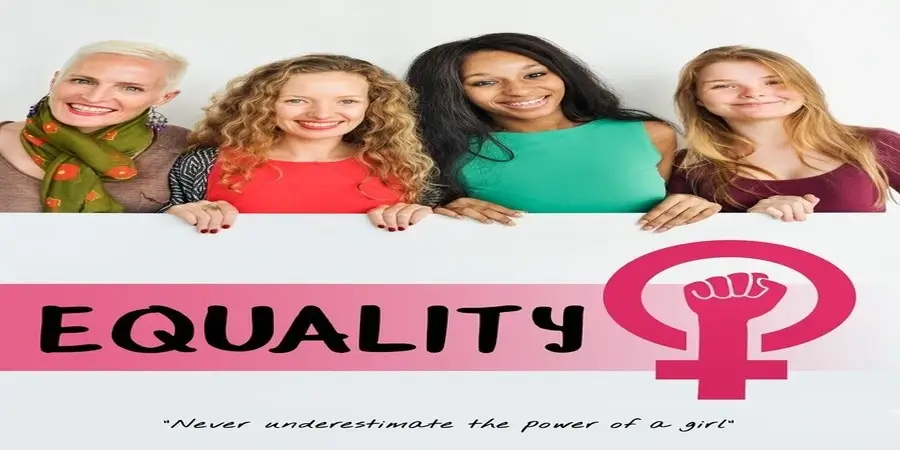Education is one of the most powerful tools for promoting gender equality and empowering individuals to create a more equitable society. Access to quality education has the potential to transform lives, break down barriers, and challenge stereotypes. This blog explores the critical role education plays in promoting gender equality, the challenges that persist, and strategies to ensure that all individuals—regardless of gender—receive the education they deserve.
The Impact of Education on Gender Equality
- Empowerment and Agency
Education empowers individuals by providing them with knowledge, skills, and confidence. For women and girls, education opens doors to opportunities and enables them to make informed decisions about their lives, careers, and health. Educated women are more likely to participate in the workforce, engage in community leadership, and advocate for their rights. - Economic Benefits
Educating girls and women contributes to economic growth and stability. Studies have shown that when women receive an education, they are more likely to enter the workforce, earn higher wages, and invest in their families and communities. Educated women tend to prioritize education for their children, creating a cycle of empowerment and economic advancement for future generations. - Improved Health Outcomes
Education is linked to better health outcomes for women and their families. Educated women are more likely to make informed health choices, seek medical care, and understand reproductive health. This knowledge leads to healthier families and communities, reducing maternal and child mortality rates. - Challenging Stereotypes and Norms
Education plays a crucial role in challenging societal norms and stereotypes related to gender. By promoting gender-sensitive curricula and inclusive teaching practices, schools can encourage students to question traditional roles and foster an environment where both boys and girls can thrive. - Political Participation
Education increases the likelihood of women participating in politics and civic life. Educated women are more aware of their rights and are better equipped to engage in political processes, advocate for policies that promote gender equality, and challenge discriminatory practices.
Challenges to Achieving Gender Equality in Education
Despite the progress made in improving access to education for girls and women, several challenges persist:
- Cultural Barriers
In many regions, cultural norms prioritize boys’ education over girls’. Families may choose to invest in boys’ schooling due to traditional beliefs about gender roles, leading to a significant education gap. - Poverty and Economic Constraints
Economic factors often limit access to education for girls. Families living in poverty may be unable to afford school fees, uniforms, or supplies, resulting in girls dropping out of school to help with household chores or work. - Gender-Based Violence
Gender-based violence, including harassment and bullying, can create hostile learning environments for girls, deterring them from attending school. In some cases, girls may face violence while commuting to and from school. - Lack of Female Teachers
A lack of female role models in schools can affect girls’ aspirations and performance. Female teachers can inspire and support girls, creating a more inclusive learning environment. - Educational Inequality
Disparities in educational quality between urban and rural areas often disadvantage girls. Schools in remote areas may lack resources, trained teachers, and adequate facilities, making it difficult for girls to receive a quality education.
Strategies to Promote Gender Equality through Education
To harness the power of education in promoting gender equality, various strategies can be implemented:
- Invest in Girls’ Education
Governments and organizations should prioritize funding for programs that specifically target girls’ education. This includes scholarships, mentorship programs, and initiatives that provide resources to keep girls in school. - Create Safe Learning Environments
Schools must prioritize safety and inclusivity for all students. Implementing anti-bullying policies, training staff on gender sensitivity, and providing resources for victims of gender-based violence can create a more supportive learning environment. - Encourage Female Role Models
Promoting female teachers and leaders in educational settings can inspire girls to pursue their ambitions. Creating mentorship programs that connect girls with women in various fields can help them envision their future success. - Implement Gender-Sensitive Curricula
Educational curricula should reflect diverse perspectives and challenge gender stereotypes. Teaching about gender equality, women’s rights, and influential female figures can inspire students to advocate for equality. - Engage Communities
Involving parents, community leaders, and local organizations in promoting girls’ education is crucial. Awareness campaigns that highlight the importance of girls’ education can shift cultural perceptions and encourage families to invest in their daughters’ schooling. - Leverage Technology
Utilizing technology can improve access to education for girls, especially in remote areas. Online learning platforms, mobile education initiatives, and digital resources can bridge gaps in education and provide opportunities for girls to learn and grow.
Conclusion
Education is a powerful catalyst for promoting gender equality and empowering individuals to create a more just society. By ensuring that all individuals have access to quality education, we can break down barriers, challenge stereotypes, and foster an environment where everyone can thrive. As we continue to advocate for gender equality in education, we must remain committed to creating a world where every girl has the opportunity to learn, lead, and succeed. Investing in girls’ education is not just a moral imperative; it is an investment in a brighter, more equitable future for all.










